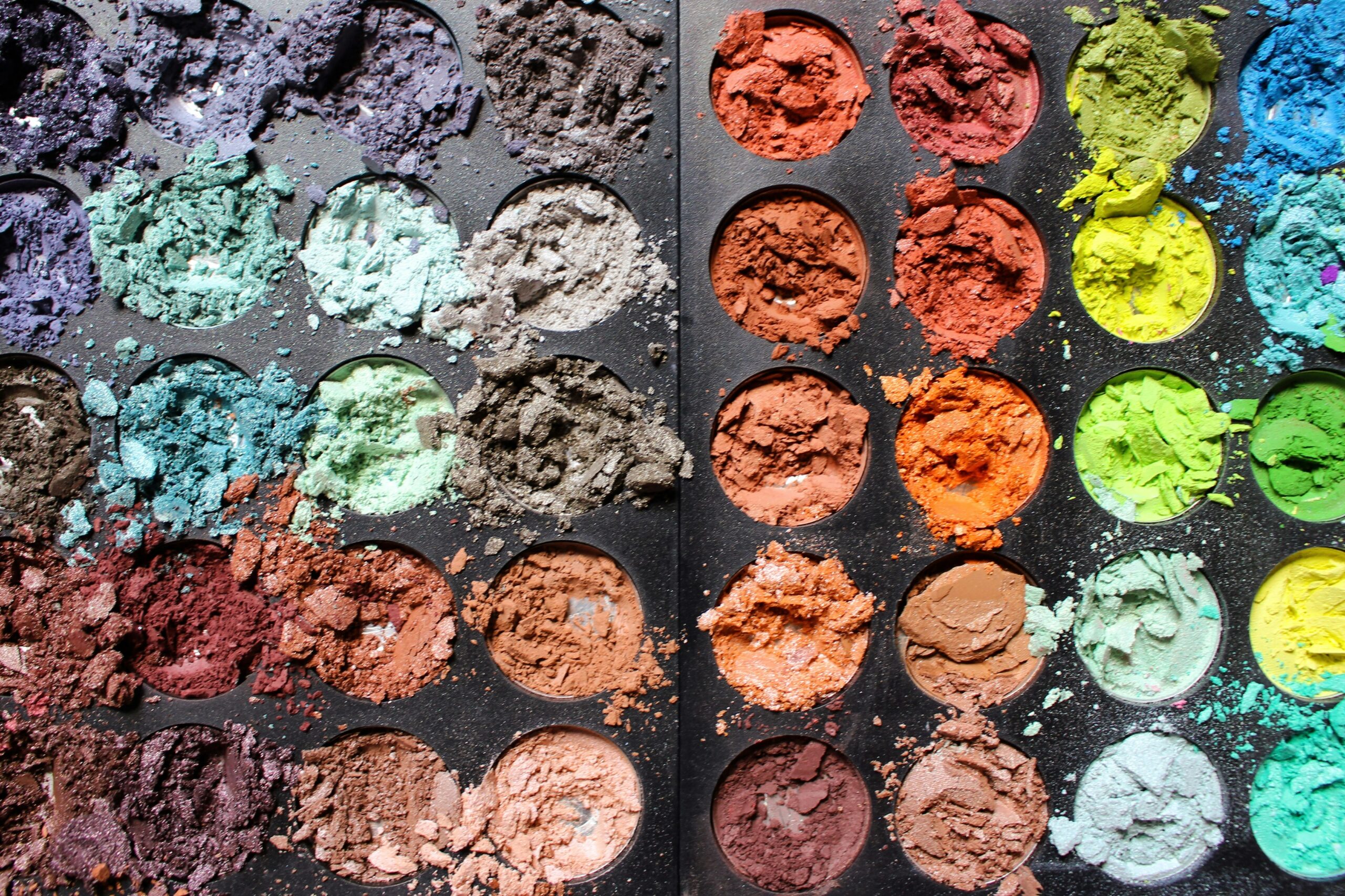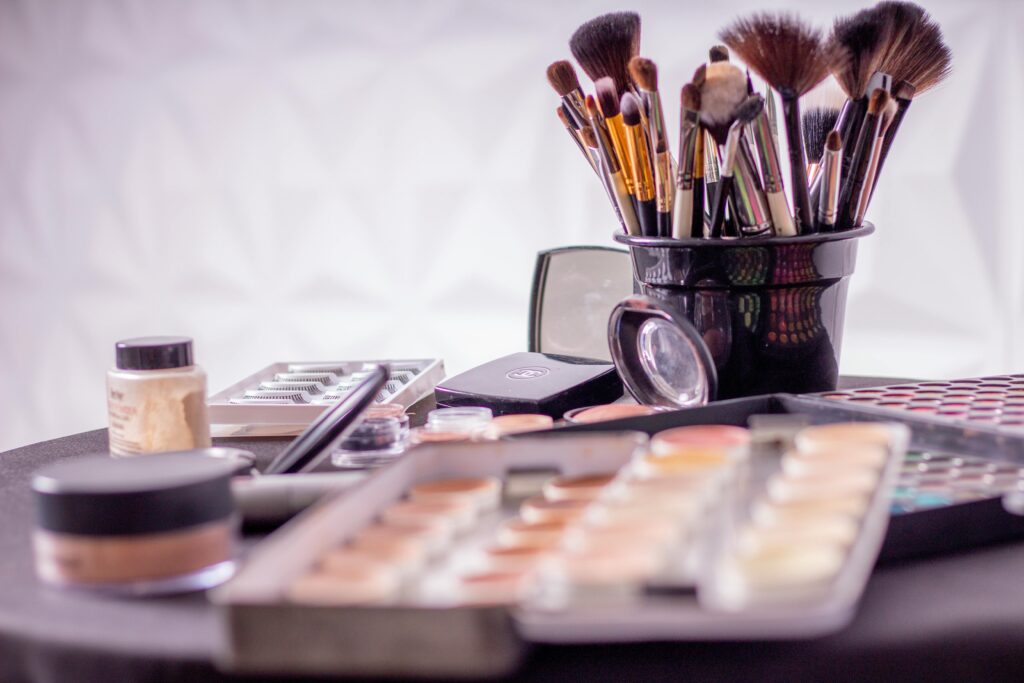Have you ever stared at your makeup palette, silently screaming because none of the shades seem to work for your skin tone? Yeah, we’ve all been there. Finding the perfect concealer match feels like playing darts blindfolded—frustrating and messy. But what if I told you that mastering concealer matches is easier than you think?
In this post, we’re diving deep into everything you need to know about getting that flawless base. From understanding undertones to navigating makeup palettes, you’ll walk away with expert-level knowledge on choosing the right concealer shade. Here’s what we’ll cover:
- Why concealer matters more than foundation
- Step-by-step guide to finding your ideal concealer match
- Tips for blending without looking cakey
- Real-life examples and mistakes to avoid
- Frequently asked questions (and brutal honesty)
Table of Contents
- Key Takeaways
- Why Concealer Matters More Than Foundation
- Step-by-Step Guide to Finding Your Ideal Concealer Match
- Best Practices for Blending
- Real-Life Examples & Common Fails
- FAQs About Concealer Matches
- Conclusion
Key Takeaways
- Concealer can make or break your base—it’s not just an afterthought.
- Understanding your undertone is crucial for picking the correct shade.
- Quality over quantity: Invest in a good concealer palette tailored to your needs.
- Avoid over-blending; it leads to streaky results faster than you’d expect.
Why Concealer Matters More Than Foundation
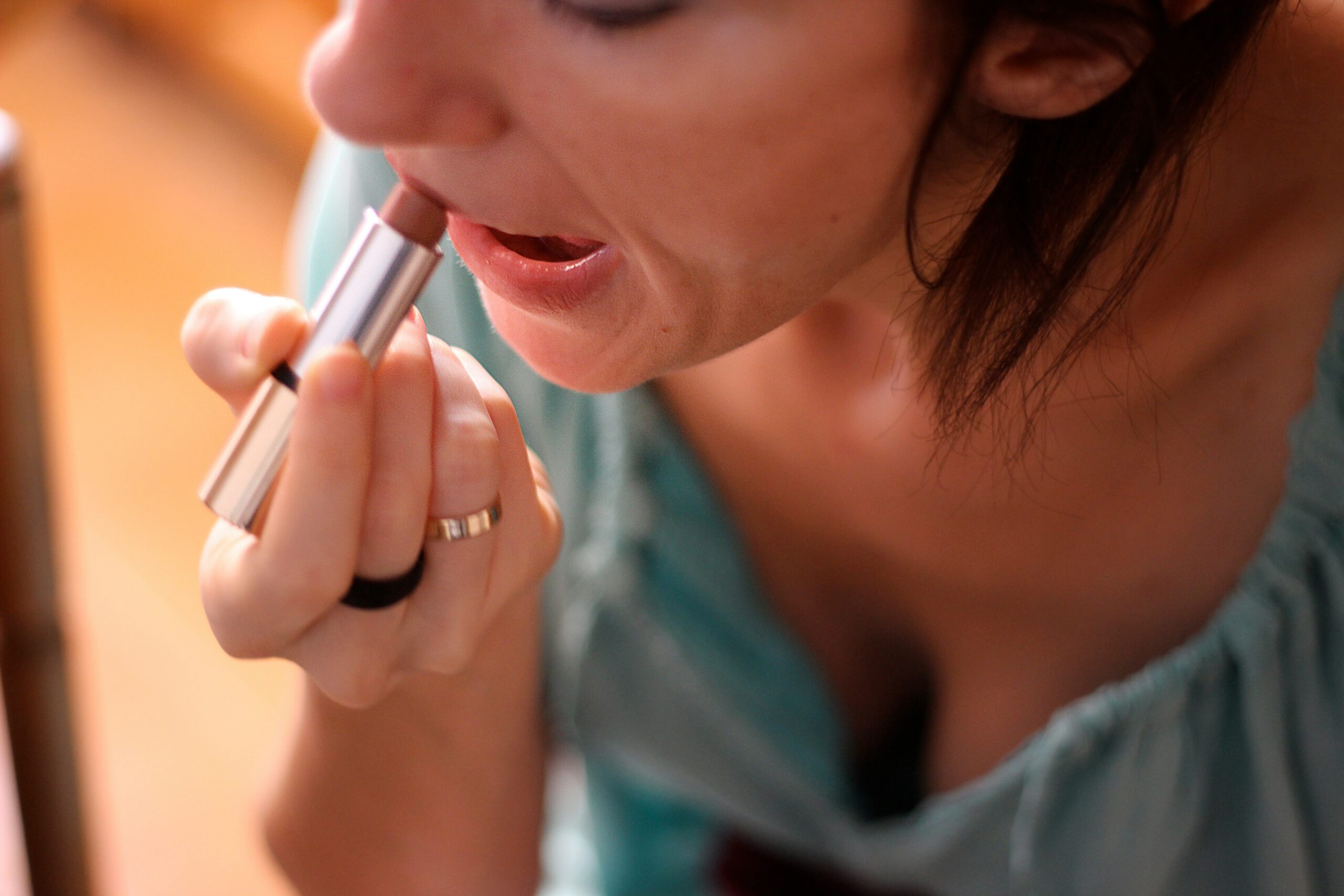
Optimist You: “Foundation evens out my complexion!”
Grumpy Me: “But does it hide those dark circles under your eyes? Nope.”
Let me confess: Back in my early makeup days, I spent $50 on a luxury foundation only to realize I still looked tired. Turns out, no amount of foundation could fix my dark circles or blemishes. That’s when someone handed me a magic wand called *concealer*. And let me tell ya, life changed.
Concealers are designed to target specific problem areas—whether it’s discoloration, acne scars, or puffiness around the eyes. While foundation provides overall coverage, concealer gives precision and depth. It’s basically Photoshop in a tube.
Know Your Undertones
Before jumping into palettes, one cardinal rule: Understand your skin’s undertone. Is it warm (golden/yellow hues), cool (pink/blue undertones), or neutral? Swatching concealer directly on your jawline helps cut through confusion—a mismatch screams louder than any alarm clock.
Step-by-Step Guide to Finding Your Ideal Concealer Match
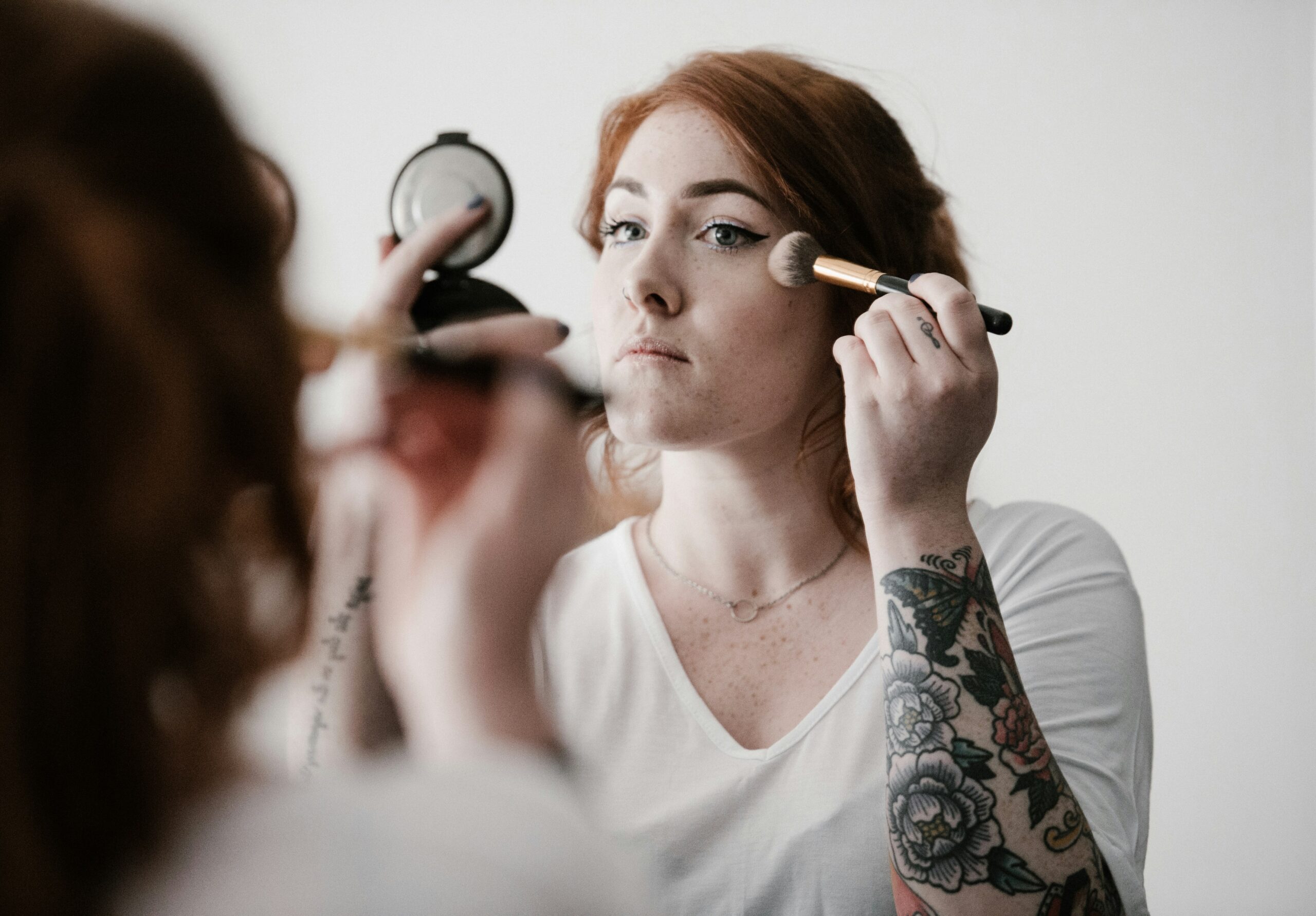
Now that you’re convinced concealer is worth every penny, here’s how to find THE ONE:
- Step 1: Determine whether you want a liquid, stick, or cream formula. For beginners, liquids work best due to their blendability.
- Step 2: Grab three shades close to your skin tone—lighter, exact match, darker—and test them.
- Step 3: Apply each swatch along your jawline or wrist under natural light. The one disappearing seamlessly? Ding ding, winner!
- Step 4: Check compatibility with other products. Some concealers oxidize as they dry, turning orange—an absolute nightmare.
Best Practices for Blending
Blending isn’t rocket science, but it sure feels like it sometimes. Follow these tips:
- Use a damp beauty sponge for even application.
- Tap lightly instead of dragging to avoid smudging.
- Set with translucent powder immediately for long-lasting wear.
A Terrible Tip That Works Sometimes (Proceed With Caution):
Mix two shades together for custom coverage. Sounds genius until you mess up ratios and end up looking muddy. Don’t say I didn’t warn ya.
Real-Life Examples & Common Fails
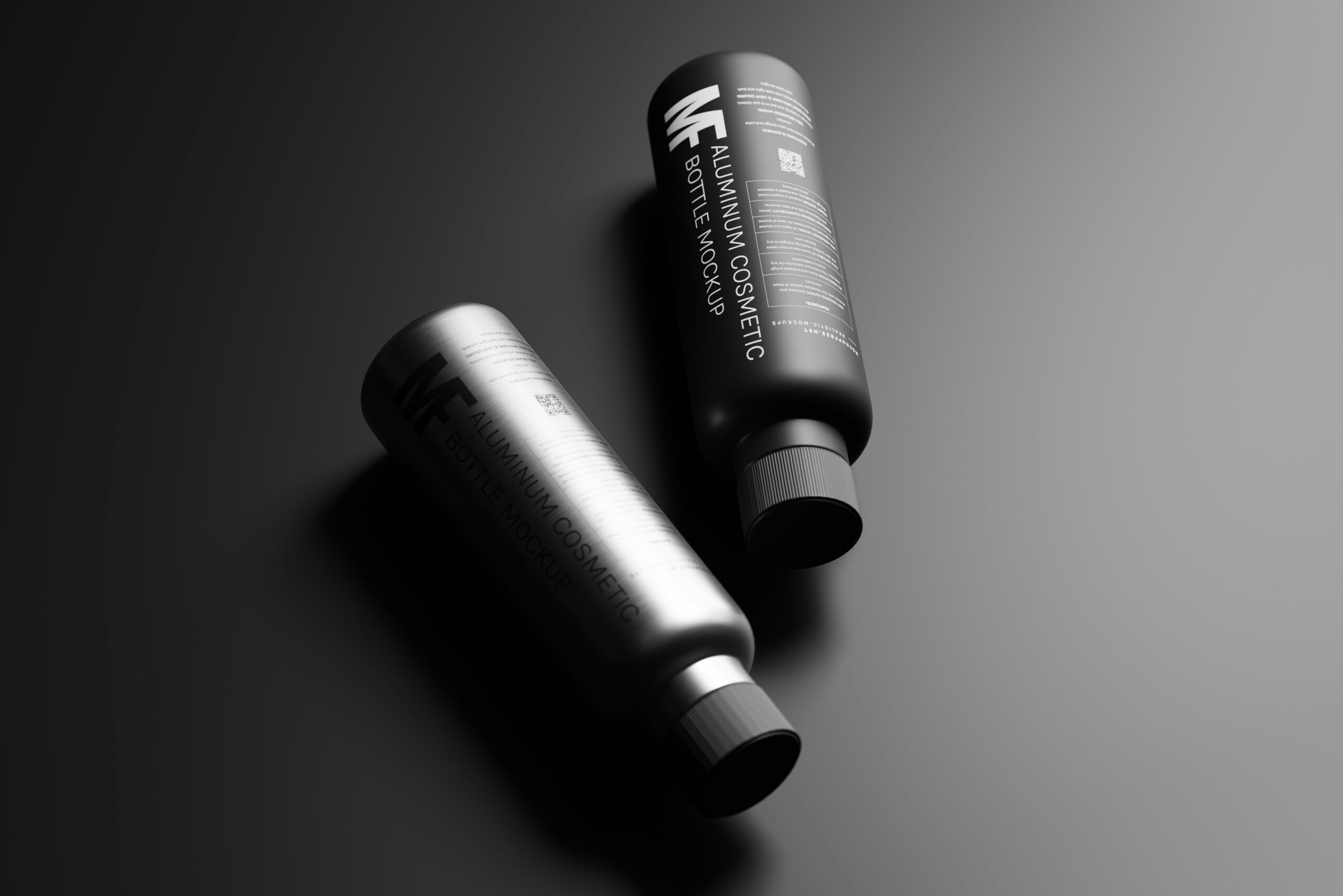
A confession: Once upon a time, I tried using green concealer straight outta the tube without blending properly. Not chef’s kiss material. Instead, it looked like Kermit had taken residence on my chin. Moral of the story? Prep first! Use color correctors sparingly and always finish off with a matching concealer layer.
FAQs About Concealer Matches
Do I Really Need Both Concealer AND Foundation?
Nope, depends on personal preference. If you rock minimalist makeup, concealer alone works wonders.
What If My Shade Changes During Different Seasons?
Invest in a dual-ended concealer pen with adjustable tones. Beauty brands often cater to seasonal shifts too!
Can I Use Old Concealers From My Makeup Palettes?
As much as nostalgia warms our hearts, expired concealers = recipe for disaster. Check expiration dates, people!
Conclusion
Choosing the perfect concealer match doesn’t have to feel overwhelming. By identifying your undertone, testing wisely, and investing in quality tools, you’ll be armed with the confidence to tackle any complexion challenge. Remember, practice makes permanent—not perfect. So keep experimenting, and don’t stress too hard over mishaps.
Oh, and before I go…remember this quirky haiku: Concealer meets skin / Flawless canvas revealed— / Magic in small tubes.
